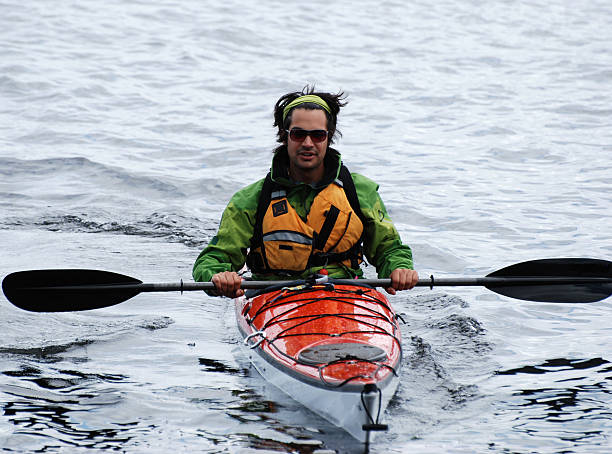The summer is the perfect time to enjoy water sports. Take up paddle sports like canoeing or paddleboarding if you want to experience the water differently.
Paddling helps tone muscles, which makes everyday movements easier and reduces the risk of injury. This is according to Kathleen Salas, a physical therapist at Spaulding Adaptive Sports Centers in Harvard’s Spaulding Rehabilitation Network. Plus, they help you get outside in nature, which is good for your mental and emotional well-being.
Whole-body effort
Different types of paddles are used in other sports. Canoeing (with the flat blade on one end) and paddleboarding (standing alone or kneeling on a paddleboard that resembles a large surfboard) use single paddles.
Kayaking uses double paddles with blades on both ends. Kayaks are divided into two categories: whitewater and flatwater. Beginners should choose flat water kayaks. These are made for stable ponds and lakes, as well as ocean inlets, harbors, and rivers that move slowly.
Although paddling is a full-body effort for some, the back, shoulders, arms, and core do most of the work.
Core. Your core is made up of several muscles. The ones that are used the most for paddling include the rectus abdominals (the six-pack) at the front and the obliques on the sides. Core: The core is the center of all paddling movements, from twisting and bending your trunk to generating power by stabilizing it.
Back. Paddling uses most of the muscles in the back, but the latissimus, or “lats” muscles, and the erector spine are the ones that carry the biggest load. The lats are large, V-shaped muscles connecting your arms with your vertebral columns. They protect and stabilize your spinal column and provide strength to your shoulders and back. The erector spine, a grouping of muscles running the length of each side of the spine, aids in rotation.
Shoulders and arms. Each paddle stroke involves your upper arm muscles (triceps, biceps) as well as your top shoulder (deltoids).
Paddling helps you strengthen your muscles so that they can be used for daily movements. As an example, during a stroke, the angle and depth of the paddle are usually different. Your muscles must react to these changes.
Salas says that this variety of exercises is similar to real life, in which you have to respond quickly to changes in tension and movement.
As you grip and hold the handle of the paddle, paddling helps to improve your grip. Studies have shown that being near water has a calming and relaxing effect, as well as lowering blood pressure and heart rate.
Protect your body from chronic inflammation.
Scientists have proven that low-grade chronic inflammation can become a silent killer, contributing to heart disease, cancer, type 2 diabetes, and other diseases. Harvard Medical School experts offer simple tips on how to combat inflammation and remain healthy.
Hit the water
What type of paddle sports should you start with? Your fitness, your interests, and your comfort level will determine which type of paddle sport you should begin with.
Kayaks, for example, are closer to the water than canoes. It is easier to use them for those with back problems because they require less twisting and leaning. Paddleboarding requires more balance and ankle stability than canoeing or kayaking.
Salas recommends that you sign up for either individual or group lessons in which all the equipment is provided.
She says, “The experience will teach you the basics like how to safely enter and exit the boat and other rules, as well as etiquette and rules.” Experts can also explain how to navigate the appropriate water and wind conditions.
Start slowly, as with any new activity. Salas says to keep your first outings under an hour and not push yourself too hard, as the movements will be unfamiliar. You may experience stiffness and strain in your muscles as they adapt to the new forces and demands. As you progress, it is possible to extend the time and effort.

